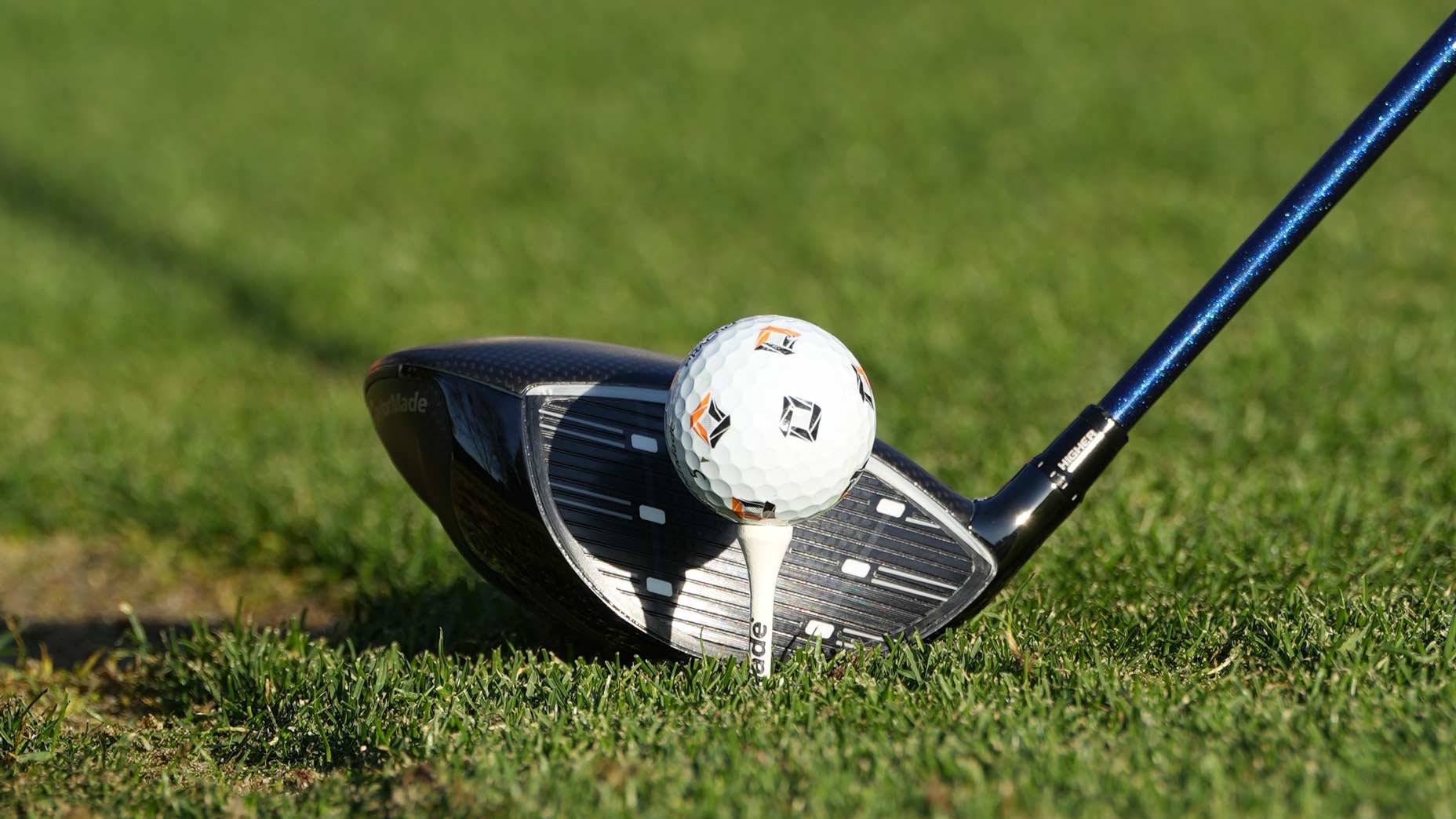Go ahead and pull out one of the wedges from your golf bag. We’ll wait. What’s the first thing you notice? If you’re like most golfers, your eyes probably go to the face, where all the action happens. Maybe you’re good enough to wear out a dime-sized spot in the grooves, or maybe you notice a wear pattern that’s decidedly in the heel or toe.
Whatever the case may be, there’s no question that looking at the face can tell you a lot about how your club is performing.
Of course, there’s another area that’s worth analyzing as well if you’re trying to determine whether your wedge is up to snuff. During the latest episode of GOLF’s Fully Equipped, the crew took a look at the sole wear on a couple of Cleveland RTX ZipCore wedges belonging to a regular listener of the podcast.
As you can see from the images (check out the above video), there’s noticeably more wear in the heel than the sole. Having the proper bounce and grind can ensure consistent contact through the turf, but in this case, the sole wear highlights a few things that are worth considering as well.
“Mine is lie angle,” said Golf Laboratories co-founder Gene Parente. “I’m wondering if he’s hitting everything to the left and closing the wedge down because of the impact on the heel. It’s not an equal disbursement with the ground. And generally, when you have a tendency of hitting heel first, that club has a tendency to close over. This person might have adjusted their game accordingly with an open wedge and is still hitting it straight, but you’re having to adjust for the performance characteristics because the wedge is coming through at what they’re less than designed for.”
In other words, a simple adjustment might be needed to the lie angle to get equal wear across the sole.
“We talk about trying to manage your miss, and in this case, the miss is more extreme and off-balance,” Parente continued. “If you see wear that’s not equal, the first thing to do is go to a fitter and find out what your lie angle is dynamically. If it’s off, adjust that. It’s a really simple adjustment. That lets you know you aren’t compensating when you’re making impact.”
Heavy wear towards the heel might require a flatter lie angle, while toe wear generally means the club needs to be bent more upright. Something else to consider is the location of the wear on the sole. As GOLF.com senior equipment editor Ryan Barath noted, wear along the leading edge generally means more bounce might be required to keep the club from digging; more wear on the trailing wedge is a telltale sign that the leading edge isn’t getting into the ground on open face shots.
So the next time you’re in the market for fresh wedges — or think something is amiss — take a look at the soles of your gamers. It’s an easy way to tell if you’re using the best setup for your game.
Want to overhaul your bag for 2023? Find a fitting location near you at True Spec Golf.









